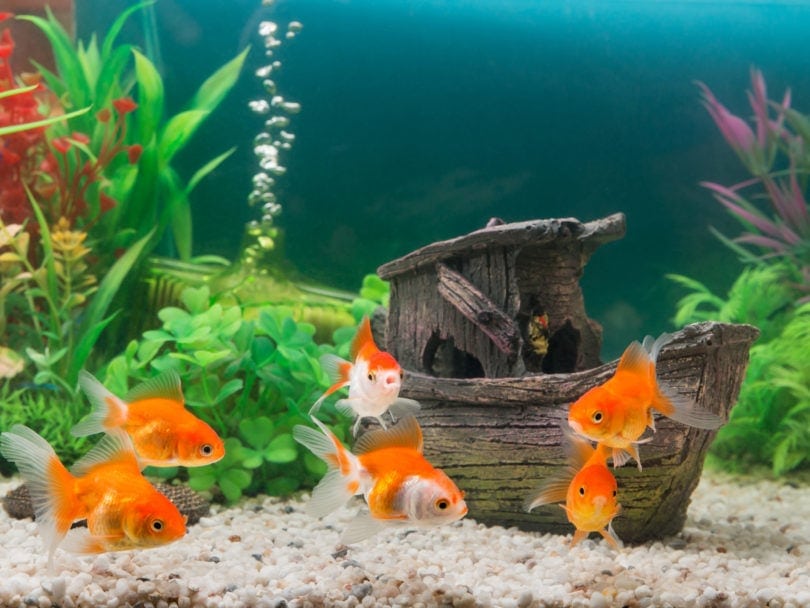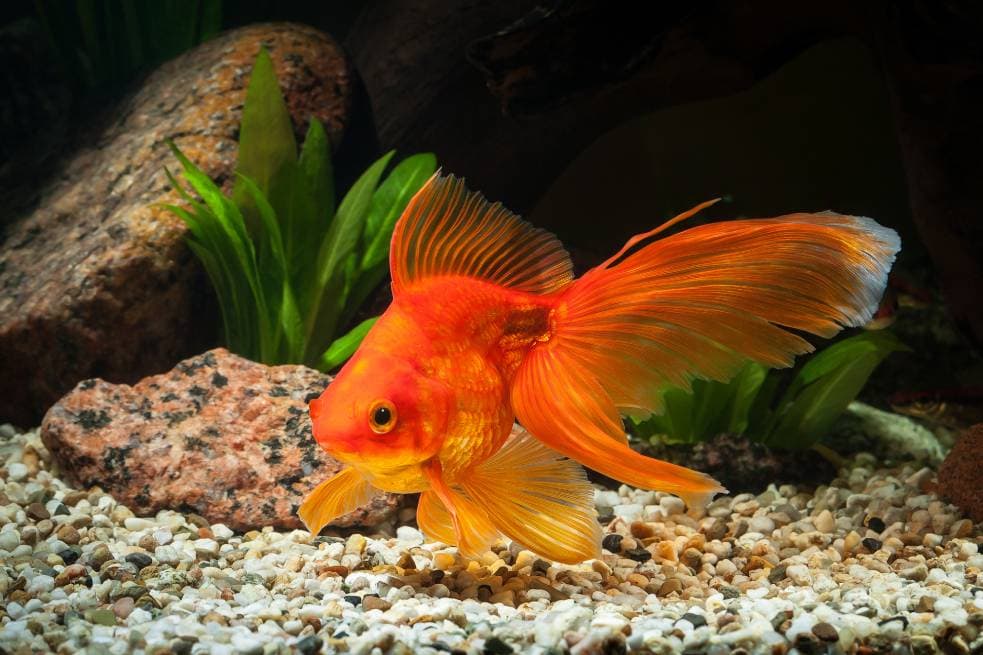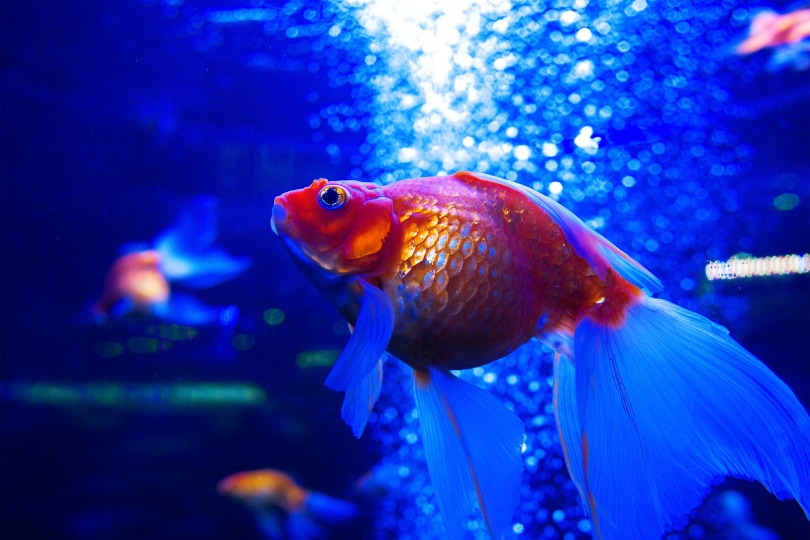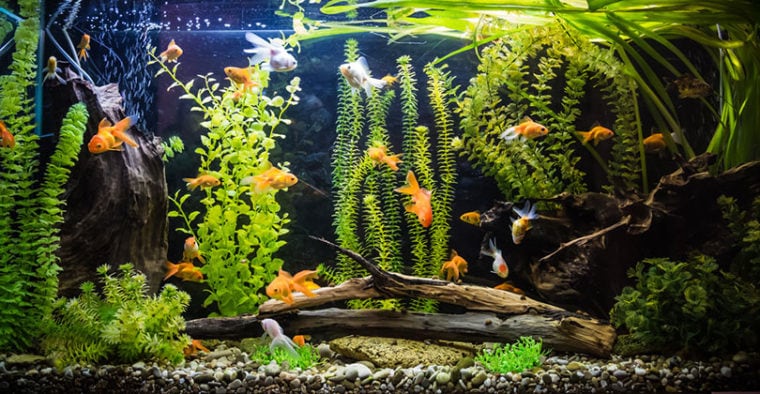
There’s nothing more infuriating than setting up a tank with stunning aquatic plants only to see them turn brown after a few weeks or even days. Because beyond their beauty, aquatic plants are necessary for naturally filtering water, in addition to reducing the invasion of algae and certain bacteria that are harmful to the health of your fish.
But why do they brown? And more importantly, what can you do to remedy the situation? Let’s get down to brass tacks.
The 5 Causes of Aquarium Plant Browning
Here are a few of the most common reasons why your aquarium plants are turning brown:
1. Insufficient Light
Plants, both aquatic and terrestrial, need light for their survival.
Indeed, the light will allow the plant to transform the CO2 into usable energy for its development: this is the phenomenon of photosynthesis. So, without absorbing and synthesizing organic matter from light to create oxygen, your aquatic plants will not only turn brown, but they will also eventually die.
Thus, in addition to allowing you to observe your fish and ensure that they are in good health, light is necessary for the growth and survival of aquatic flora.
There are different types of lighting fixtures adapted to the technical characteristics of your aquariums. For example, LED and T5H0 lighting systems have the advantage of being more suited to plant needs than T8 fluorescent lighting.
The type of plant you grow also affects the light intensity you’ll need in your tank.
However, even full-spectrum light can still cause low-growing aquarium plants to wilt if placed too far from the light source.
Also, to limit the growth of algae, it is generally recommended to light your aquarium between 10 to 12 hours a day.
Don’t hesitate to visit aquarium specialist shops to ask for advice on the type of light device best suited to the needs of your aquatic plants.

2. Nutrient Deficiencies
In addition to adequate lighting, aquatic plants need specific nutrients to survive. Otherwise, nutrient deficiencies can cause your beautiful plants to turn brown. When this happens, you should test the water quality with an aquarium water test kit.
Nitrogen
Nitrogen is essential for the plant to absorb light for photosynthesis. Plants cannot absorb nitrogen in its pure form, but via nitrates from the surrounding water. These nitrates are obtained from the bacteria present in the substrate of the tank. Thus, due to a lack of nitrogen, the leaves of the plant turn brown.
But beware! It can also happen when the nitrogen level is too high. This is because the remains of fish food that settle in the substrate decompose and increase the level of nitrogen in the water. Ideally, a planted tank should have a nitrate concentration of 10-25 mg/l.
Phosphates
Phosphorus is a vital element for plant growth. But excess phosphates (a level that exceeds 0.5 ppm) turn plant leaves brown or even black. In the tank, phosphates form naturally, but the high level becomes dangerous for fish and plants without proper maintenance. So, one of the best ways to manage phosphate levels is to thoroughly clean the tank and change the water regularly.
Potassium
This micronutrient is also necessary for the aquarium plant to absorb the CO2 it needs for optimal growth. However, if there is a potassium deficiency, large holes with brownish borders may develop in the middle of the leaves. Then the plant turns brown and eventually dies. It is then recommended to add a potassium supplement to the aquarium in order to increase the levels in the water, which should be between 5 to 10 mg/l.
3. The Proliferation of Brown Algae
Your aquatic plants may look brown when in fact they are covered in a dusty, rusty-brown coating that disappears if you run your finger over it. If so, you are probably dealing with brown algae.
The presence of brown algae is often linked to a lack of light. They can appear when filling a new aquarium and generally disappear on their own when the water parameters are restored. In the meantime, these algae colonize the walls, decorative elements, tank windows, substrate, and even aquatic plants.
To eliminate brown algae, you must check the water parameters: nitrate levels that are too high (above 50 mg/l) or a water pH that is too alkaline (pH above 7.5) are often responsible for the proliferation of brown algae.
To fix the problem and restore these values to acceptable levels, you must increase the frequency of water changes in your aquarium.

4. Dirty Aquarium and Water
A poorly maintained aquarium is a source of disease for plants and fish. With too many algae in the aquarium, the plants have a hard time getting the necessary light. The installation of the filtration system is primordial, and the tank must be also cleaned frequently.
5. Unsuitable Substrate
Choose an appropriate substrate for your tank that will allow for plant growth while being suitable for your fish. Thus, a substrate containing trace elements and nutrients is ideal for plants. But due to a lack of usable nitrates, the plants may turn brown and gradually die. Besides, artificial gravel and sand are inappropriate for a planted tank.
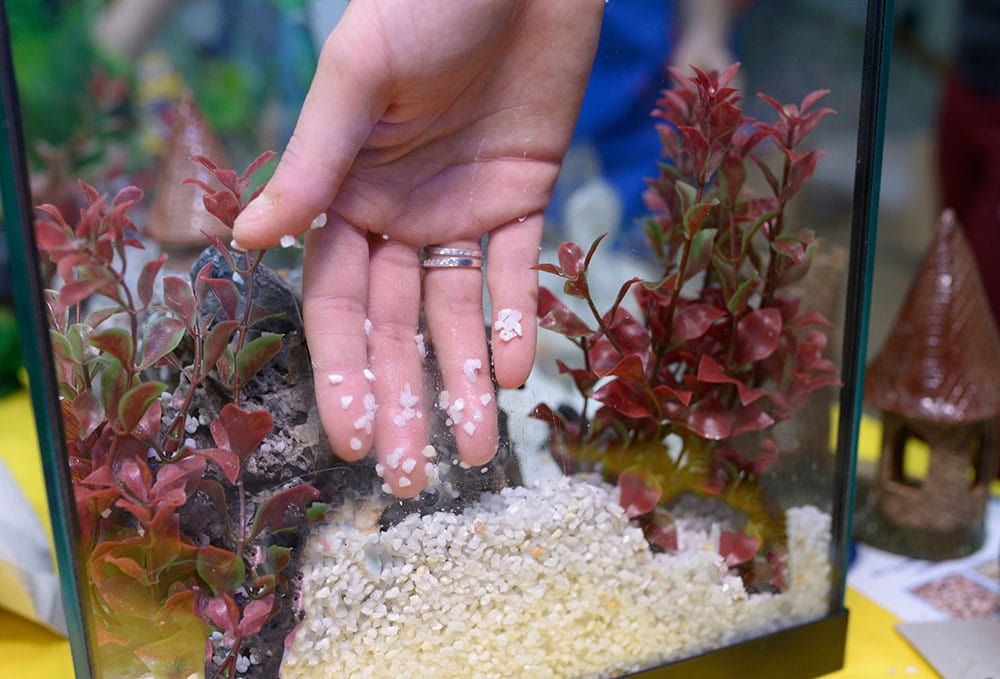
Final Thoughts
Based on all of these parameters, lighting conditions and adequate nutrient supply have an impact on the healthy growth of your aquatic plants. Because of this, it is crucial to test aquarium water parameters regularly, as imbalances can lead to a host of problems, including plant browning.
Thus, providing an appropriate setup for your aquatic plants and fish is essential to having a thriving aquarium ecosystem.
Featured Image Credit: S-F, Shutterstock



